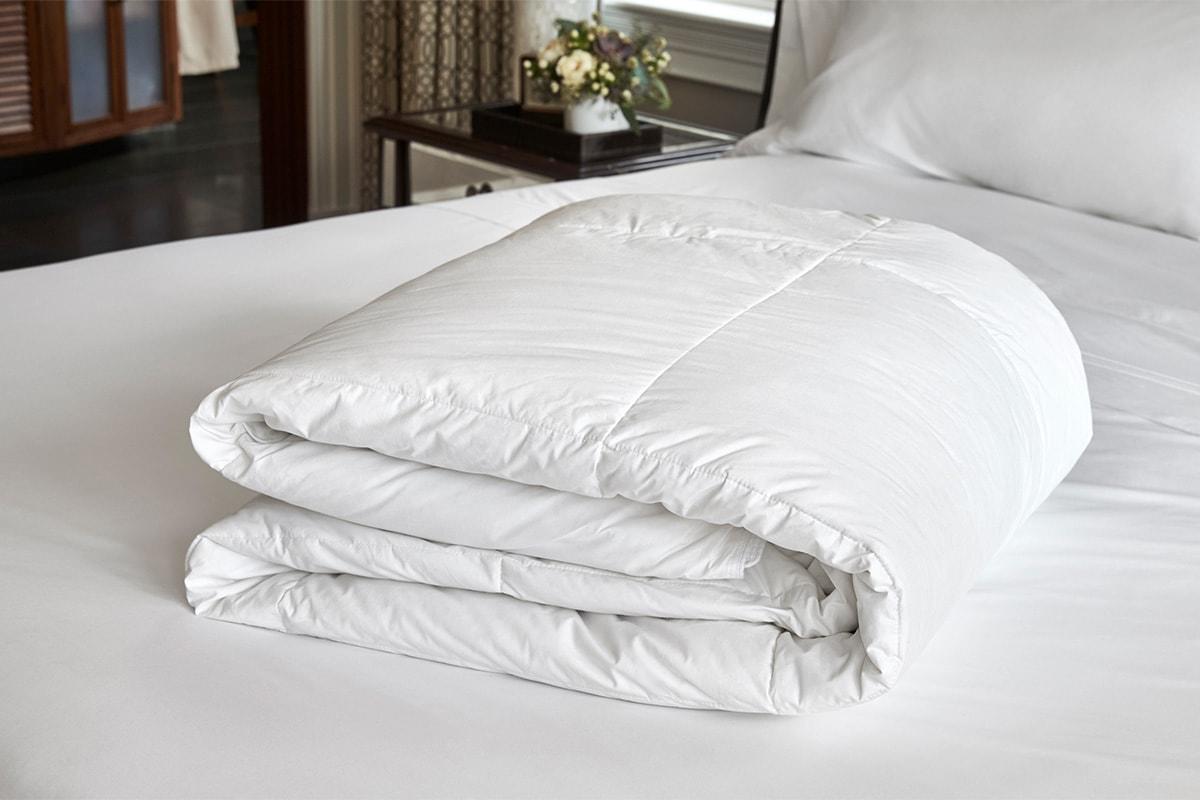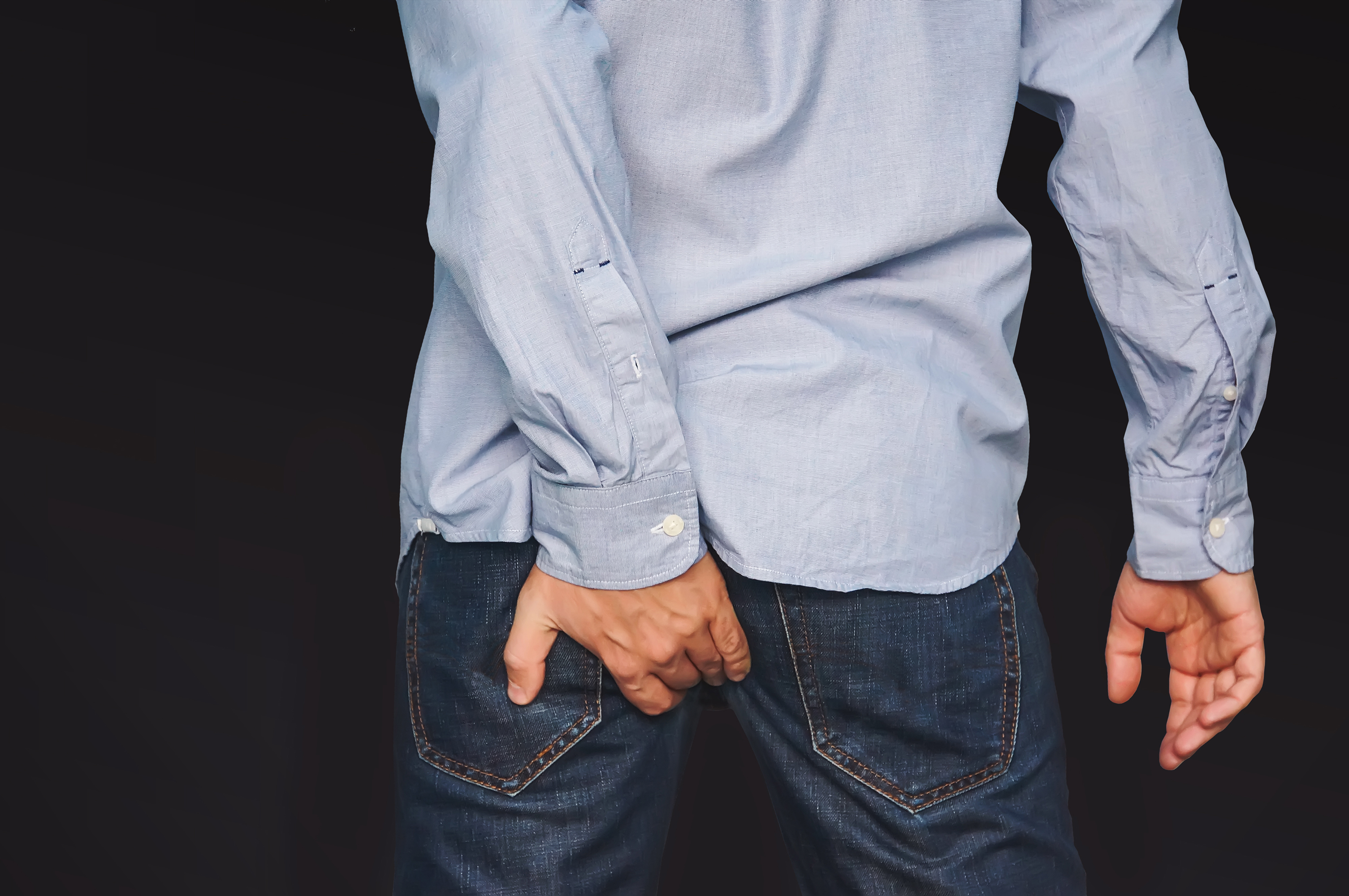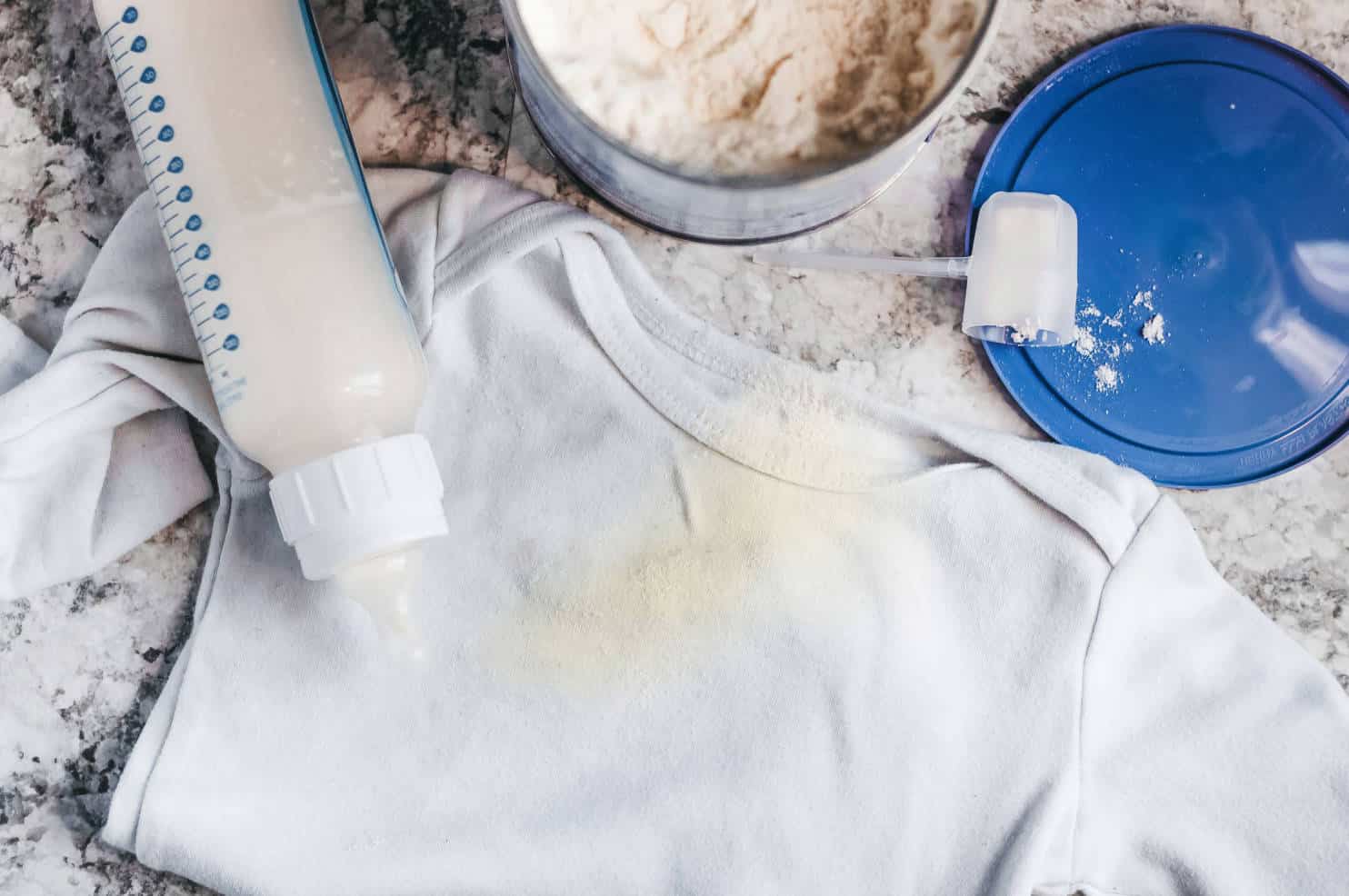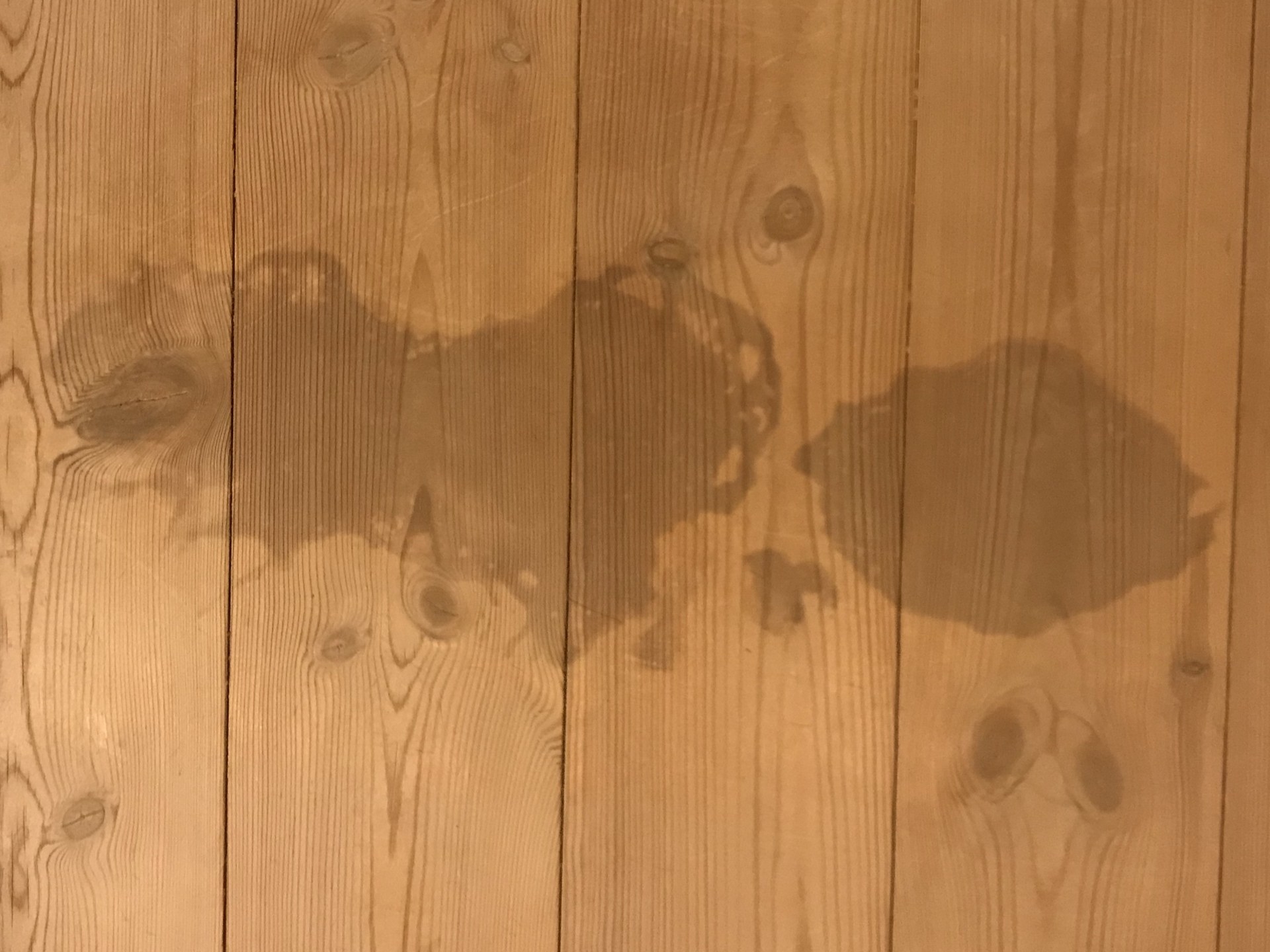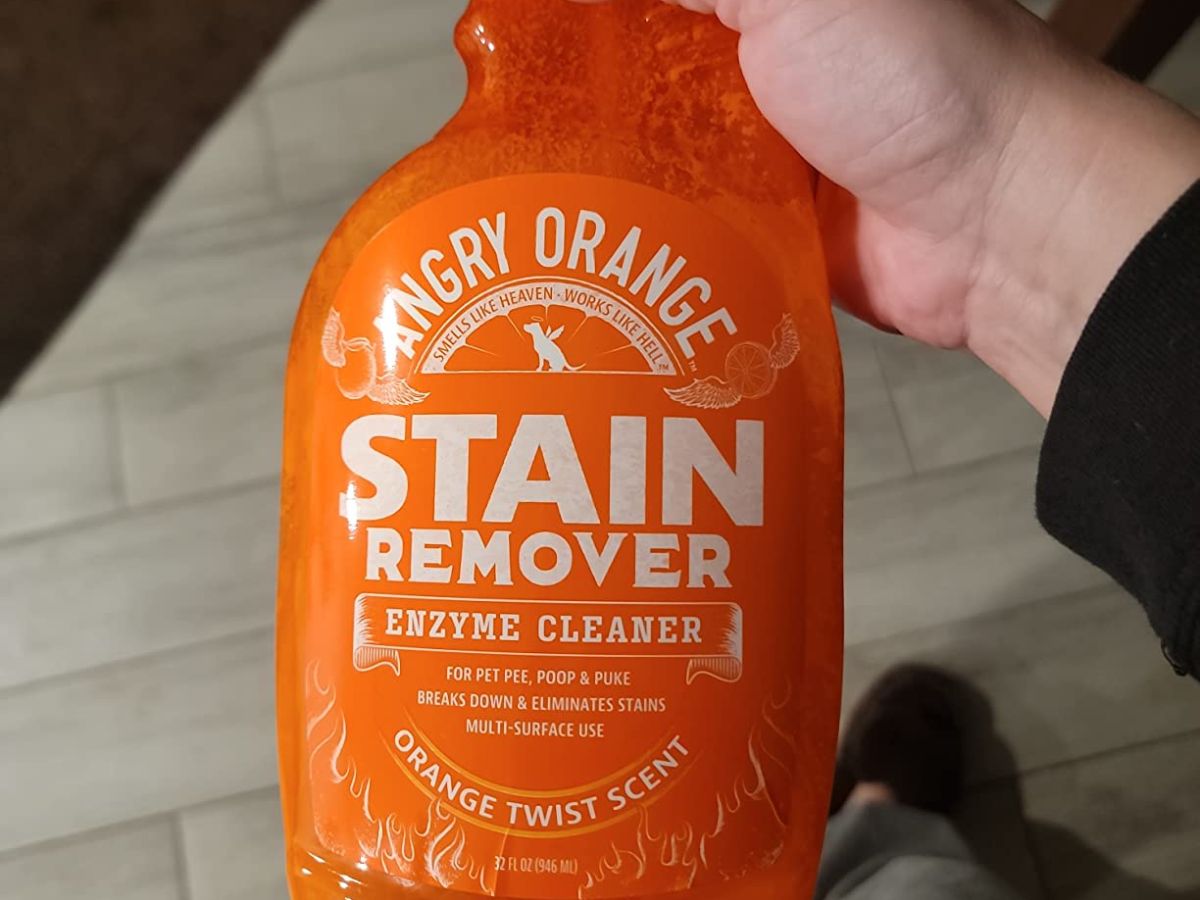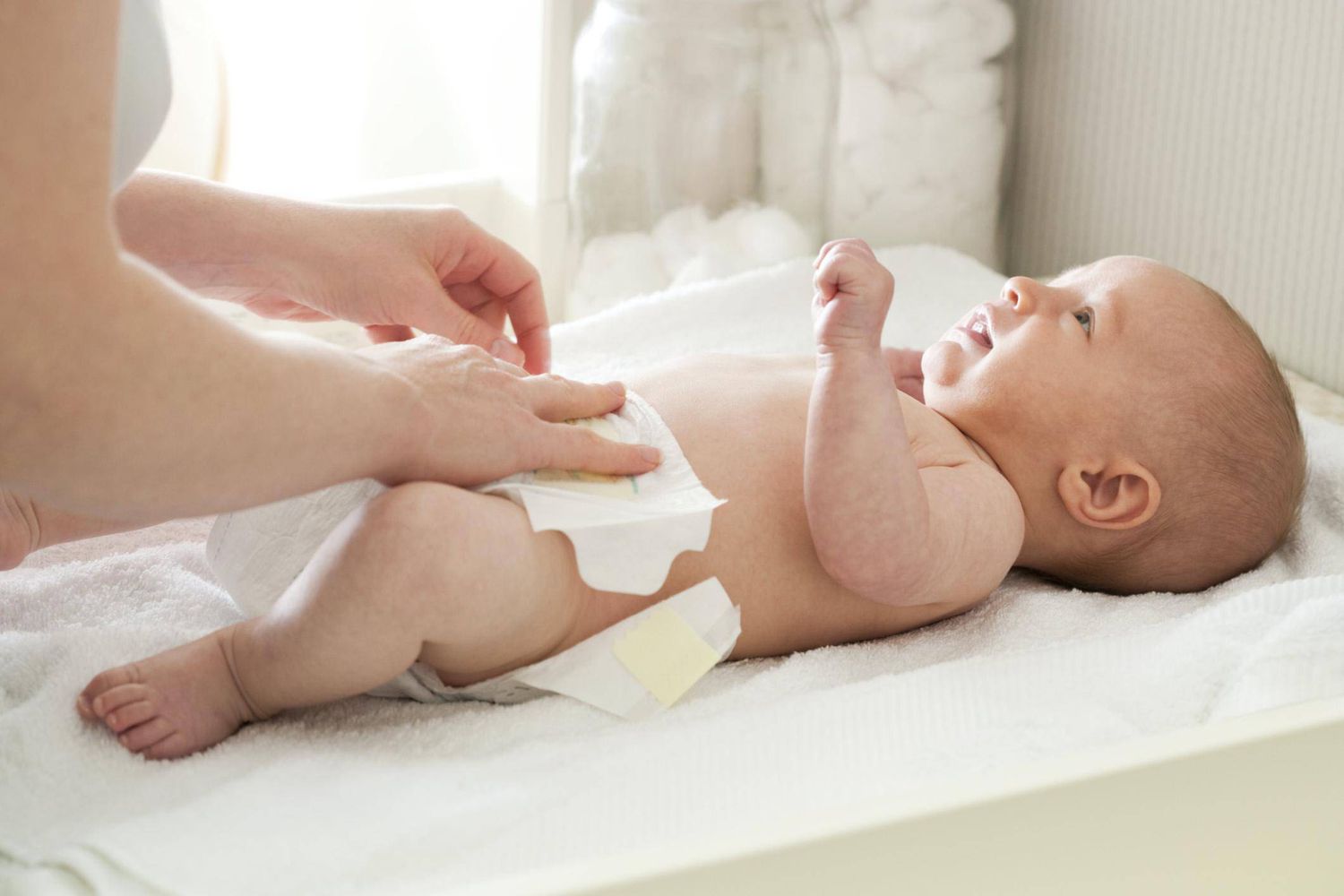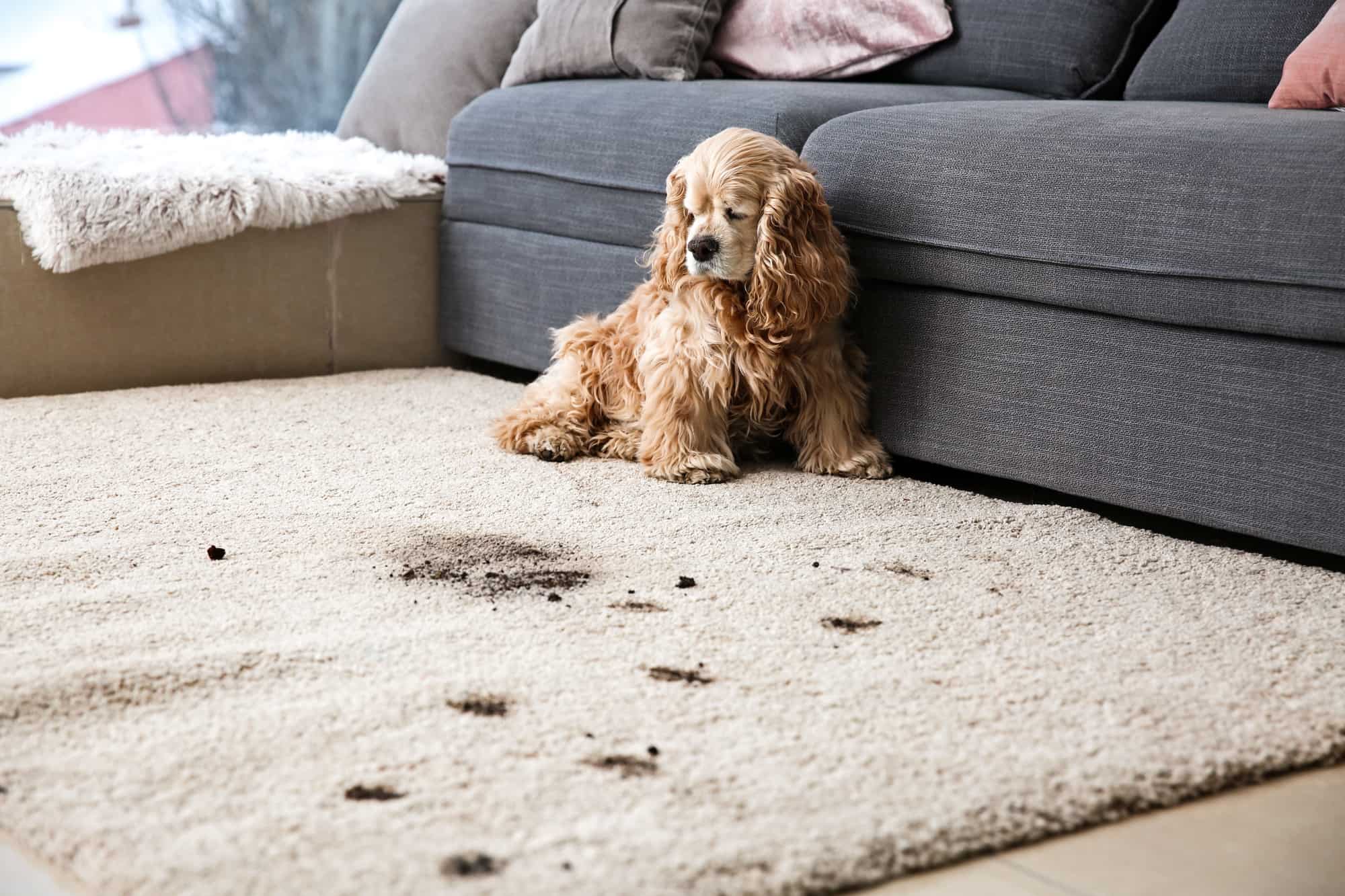Home>How-to Guides>For All>How To Get Discharge Stains Out Of Underwear


For All
How To Get Discharge Stains Out Of Underwear
Published: July 31, 2023
Learn effective techniques for removing discharge stains from your underwear. This ultimate guide covers tips and tricks that work for all types of fabric.
(Many of the links in this article redirect to a specific reviewed product. Your purchase of these products through affiliate links helps to generate commission for Under-tec.com, at no extra cost. Learn more)
Table of Contents
Introduction
Welcome to our comprehensive guide on how to effectively remove discharge stains from underwear. Dealing with discharge stains can be frustrating and embarrassing, but rest assured, you’re not alone. Many individuals, regardless of gender, experience this common issue.
Discharge stains can be caused by various factors such as sweat, menstruation, or vaginal discharge. They can leave unsightly marks on underwear and may even result in unpleasant odors if not properly addressed. However, with the right knowledge and techniques, you can successfully remove these stains and restore your underwear to its pristine condition.
In this article, we will walk you through step-by-step methods to pre-treat, wash, and remove discharge stains from your underwear. We’ll also share tips on how to prevent and reduce the occurrence of these stains in the future.
Whether you’re dealing with light or heavy discharge stains, our guide will provide practical solutions to help you tackle this issue effectively and efficiently. So, let’s dive in and learn how to get those stubborn discharge stains out of your underwear once and for all!
Understanding Discharge Stains
Before we delve into the methods of removing discharge stains, it’s important to understand what causes them and how they can affect your underwear. Discharge stains can occur due to various reasons, and knowing the source of the stain can help determine the most effective treatment.
One common cause of discharge stains is sweat. When you perspire, the moisture and salt in your sweat can create visible yellow or white stains on your underwear. These stains are often more noticeable in areas where sweat accumulates, such as the underarms and groin area.
Another common cause of discharge stains is menstrual blood. During menstruation, the blood can seep onto underwear and leave noticeable stains. Menstrual blood stains are typically dark red or brown in color.
For individuals with vaginas, vaginal discharge can also contribute to stain formation. Vaginal discharge is a natural bodily function that helps clean and lubricate the vagina. However, this discharge can leave unsightly stains on underwear, which are often whitish or yellowish in color.
It’s important to note that discharge stains can vary in intensity and appearance. Some stains may be faint and easily removable, while others can be more stubborn and require additional treatment. The key is to address the stains as soon as possible to prevent them from setting in and becoming more difficult to remove.
Now that we have a better understanding of what causes discharge stains, let’s move on to the next section, where we’ll explore effective methods to pre-treat your underwear before washing.
Pre-treating Underwear
Before tossing your stained underwear into the washing machine, it’s crucial to pre-treat them to increase the chances of successfully removing the discharge stains. Pre-treatment involves taking specific steps to target and break down the stain, making it easier to wash away during the cleaning process. Here are some effective pre-treatment methods:
- Rinse with cold water: As soon as you notice a discharge stain, rinse the affected area with cold water. Cold water helps prevent the stain from setting and becoming more stubborn. Avoid using warm or hot water, as it can cause the stain to set and make it harder to remove.
- Use a stain remover: Apply a stain remover directly to the affected area of the underwear. There are various stain removers available in the market, both commercial and homemade. Commercial stain removers often contain enzymes or other active ingredients that break down the stain. If using a homemade solution, consider options like hydrogen peroxide or a mixture of baking soda and water.
- Gently rub or brush the stain: After applying the stain remover, gently rub or brush the area with a soft-bristled brush or your fingers. This will help to work the stain remover into the fabric and loosen the stain. Be careful not to scrub too vigorously, as it can damage delicate fabrics.
- Let it sit: Allow the stain remover to sit on the underwear for at least 15-30 minutes. This gives the product enough time to penetrate and break down the stain. For tougher stains, consider leaving the stain remover on overnight, but make sure to check the fabric label to ensure it can withstand extended exposure to the product.
Remember, the key to successful pre-treatment is to address the stain as soon as possible. Prompt action and patience are essential in breaking down and removing discharge stains effectively. Once you’ve pre-treated your underwear, it’s time to move on to the washing methods, which we’ll explore in the next section.
Washing Methods
Now that you have pre-treated your underwear, it’s time to focus on the washing process. Choosing the right washing method can ensure that your underwear comes out clean and free from any remaining discharge stains. Here are some effective washing methods:
- Separate by color: Sort your stained underwear into separate loads based on color. This helps prevent color bleeding and ensures that each load receives the appropriate cleaning treatment. Wash whites separately from colors to avoid any potential staining.
- Choose the right water temperature: Select the appropriate water temperature for your underwear. For cotton-based underwear, use warm water to help break down the stains. For delicate fabrics, such as lace or silk, opt for cold water to avoid damage. Always check the care label on your underwear for specific washing instructions.
- Use mild detergent: Choose a mild detergent that is suitable for your underwear’s fabric. Harsh detergents can damage fabrics and may not effectively remove the remaining stains. Consider using a detergent specifically designed for removing stains or one that is free of dyes and fragrances.
- Wash with care: Place your pre-treated underwear in the washing machine and select the appropriate cycle. Avoid using heavy-duty or abrasive cycles, as they can cause excessive agitation and damage the fabric. Use a gentle or delicate cycle, and if possible, choose a longer wash time to allow for thorough cleaning.
- Avoid fabric softeners: Skip the fabric softener, as it can leave a residue on your underwear and potentially worsen the stain. Instead, consider adding a small amount of vinegar to the fabric softener dispenser or using vinegar as a natural fabric softener alternative.
Once the washing cycle is complete, inspect your underwear for any remaining stains before proceeding to the next step. If there are still visible traces of discharge stains, don’t worry – we’ll cover stain removers in the next section to help tackle those stubborn marks!
Using Stain Removers
If pre-treating and washing your underwear didn’t fully remove the discharge stains, it’s time to turn to stain removers for some extra help. Stain removers are specially formulated products designed to target and eliminate stubborn stains. Here are some effective methods for using stain removers:
- Spot treatment: Identify the remaining stains on your underwear and apply the stain remover directly to those areas. Use a clean cloth or sponge to gently rub the stain remover into the fabric. Follow the instructions provided by the specific stain remover product you are using for best results.
- Soaking: For heavily stained or persistent stains, consider soaking your underwear in a solution of water and stain remover. Follow the recommended measurements on the stain remover packaging. Let the underwear soak for the suggested amount of time, usually at least 30 minutes, or as instructed by the manufacturer.
- Agitation: After soaking, lightly agitate the underwear by gently rubbing the fabric together. This helps to further loosen the stain and allow the stain remover to penetrate deeper into the fabric fibers. Avoid excessive scrubbing, as it can damage the fabric.
- Rinse thoroughly: Once the stain remover has had time to work its magic, thoroughly rinse the underwear with cold water. Make sure to remove all traces of the stain remover to avoid any potential skin irritation or fabric damage.
- Repeat if needed: If the stain persists after the first round of stain remover treatment, don’t lose hope. Repeat the process, applying the stain remover again and following the instructions provided. Sometimes, stubborn stains require multiple treatments to fully disappear.
Always keep in mind that different stain removers may work better on specific types of stains, so feel free to experiment with different brands and formulations to find the one that works best for you.
Once you’ve successfully removed the discharge stains from your underwear, it’s time to move on to the final steps – drying and storing your freshly cleaned garments.
Drying and Storing Underwear
After successfully washing and removing discharge stains from your underwear, it’s essential to properly dry and store them to maintain their quality and longevity. Here are some tips for drying and storing your freshly cleaned garments:
- Air drying: It’s best to air dry your underwear whenever possible. Hang them up using a clothesline, drying rack, or hanger. Avoid direct sunlight, as it can fade colors and damage delicate fabrics. Air drying helps preserve the integrity of the fabric and prevents shrinkage.
- Separate from other clothing: Make sure to keep your underwear separate from other items while drying. This helps prevent potential cross-contamination and keeps them as hygienic as possible.
- Avoid using high heat: If you must use a dryer, opt for low heat settings. Excessive heat can cause shrinkage, weaken elastic bands, and damage delicate fabrics. It’s always safer to air dry, but if you’re in a hurry, use the dryer with caution.
- Store in a clean and dry place: Once your underwear is dry, store them in a clean and dry location. Consider using a dedicated drawer or organizer to keep them neatly separated and easily accessible. Avoid storing your underwear in plastic bags, as they can trap moisture and create a breeding ground for bacteria and mold.
- Rotate your underwear: To prolong the lifespan of your underwear, it’s beneficial to rotate them regularly. Giving your underwear a break between wears allows the fabric to recover and helps maintain its shape and elasticity.
By following these simple steps, you can ensure that your underwear remains fresh, clean, and free from any lingering discharge stains. Now that you know how to properly care for your underwear, let’s move on to some tips for preventing and reducing the occurrence of discharge stains.
Tips for Preventing and Reducing Discharge Stains
While knowing how to effectively remove discharge stains is crucial, it’s equally important to take proactive measures to prevent and reduce their occurrence in the first place. Here are some tips to help you prevent and reduce discharge stains on your underwear:
- Practice good hygiene: Maintaining good personal hygiene can help minimize the occurrence of discharge stains. Clean your genital area using gentle, pH-balanced cleansers regularly. This helps to reduce any potential buildup or excess discharge that can lead to stains.
- Use panty liners or absorbent underwear: Consider using panty liners or absorbent underwear, especially during periods of heavy discharge. These can help absorb excess moisture and prevent it from reaching your underwear, reducing the likelihood of stains. Change them frequently to maintain hygiene.
- Choose breathable fabrics: Opt for underwear made from breathable fabrics like cotton or bamboo. These materials allow better airflow, reducing moisture buildup and minimizing the chances of stain formation.
- Change underwear regularly: Make it a habit to change your underwear at least once a day, or more frequently if needed. Fresh underwear reduces the chances of prolonged exposure to discharge and keeps you feeling clean and comfortable throughout the day.
- Address stains promptly: As soon as you notice any discharge stains, take immediate action. The longer a stain sits, the more difficult it becomes to remove. Promptly rinse the stain with cold water and pre-treat it before washing to improve your chances of successful stain removal.
- Consider specialty underwear: Some brands offer underwear specifically designed to handle discharge and stains. These often come with additional layers or absorbent lining, providing extra protection and reducing the chances of visible stains.
By implementing these tips into your daily routine, you can significantly reduce the occurrence of discharge stains on your underwear. Remember, prevention is always better than cure, so take proactive steps to keep your underwear fresh and stain-free.
Now that we’ve covered various methods, tips, and tricks for dealing with discharge stains, you’re equipped with the knowledge to handle this common issue. Put these techniques into practice, and say goodbye to those pesky stains once and for all!
Conclusion
Dealing with discharge stains on your underwear can be frustrating, but with the right approach, you can successfully remove them and prevent their recurrence. By understanding the causes of discharge stains and following effective pre-treatment and washing methods, you can restore your underwear to its pristine condition.
Remember to pre-treat your underwear by rinsing with cold water and using stain removers to break down the stains. Choose the appropriate washing methods, including separating by color, selecting the right water temperature, and using mild detergents. If needed, don’t hesitate to use stain removers or repeat the process for stubborn stains.
Properly drying and storing your underwear is essential to maintain their quality and hygiene. Air drying is the preferred method, but if using a dryer, opt for low heat settings. Store your clean underwear in a clean and dry place, and remember to rotate them to prolong their lifespan.
To prevent and reduce discharge stains, practice good hygiene, use panty liners or absorbent underwear, choose breathable fabrics, change underwear regularly, and address stains promptly. Consider specialty underwear designed to handle discharge and stains, if necessary.
By implementing these tips and techniques, you can ensure that your underwear remains fresh, clean, and free from those unwanted discharge stains. So, take charge of your laundry routine, and say goodbye to the frustration of discharge stains once and for all!
